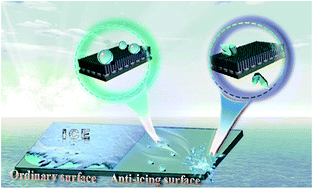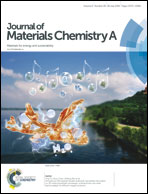Fundamentals of icing and common strategies for designing biomimetic anti-icing surfaces
Abstract
Ice accumulation on solid surfaces can incur irretrievable losses and catastrophic affairs in daily life. These issues can be addressed and strategically alleviated by adopting effective methods for remediation. Compared with conventional active deicing strategies, such as electro-impulse, the chemical method, and the mechanical deicing approach, passive anti-icing and ice-phobic surfaces inspired by animals in nature and plants can confer an exceedingly profound advantage. Herein, the kinetics of ice nucleation, ice accretion on solid surfaces, and heat transformation during ice formation were investigated. Then, the reduced attachment pathway of water droplets on substrate surfaces is reviewed for the purpose of achieving the self-removal of water droplets and averting the wettability transition on superhydrophobic surfaces. Furthermore, recent biomimetic anti-icing strategies regarding reduction of ice adhesion, decrease of ice nucleation temperature, and delay of freeze time were considered. Significantly, other external factors affecting ice formation and growth, such as environmental humidity and exoteric gas flow, are comprehensively discussed. Finally, outstanding mechanical and chemical stability are vital for lengthening the durability and longevity of anti-icing/ice-phobic surfaces. This article discusses all of these matters along with outlooks for future research directions for anti-icing and ice-phobic surfaces.

- This article is part of the themed collection: Recent Review Articles


 Please wait while we load your content...
Please wait while we load your content...